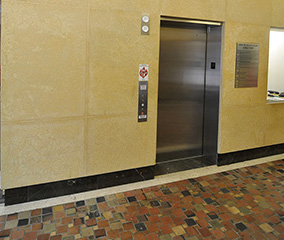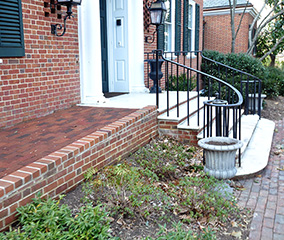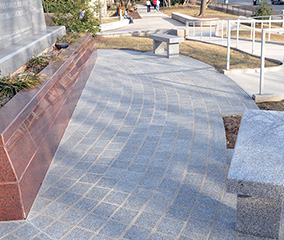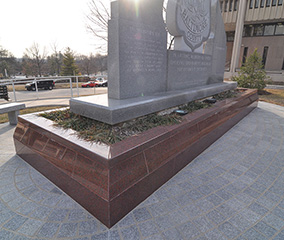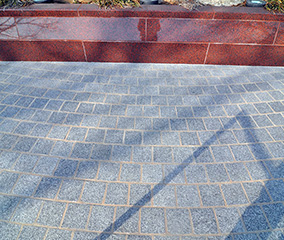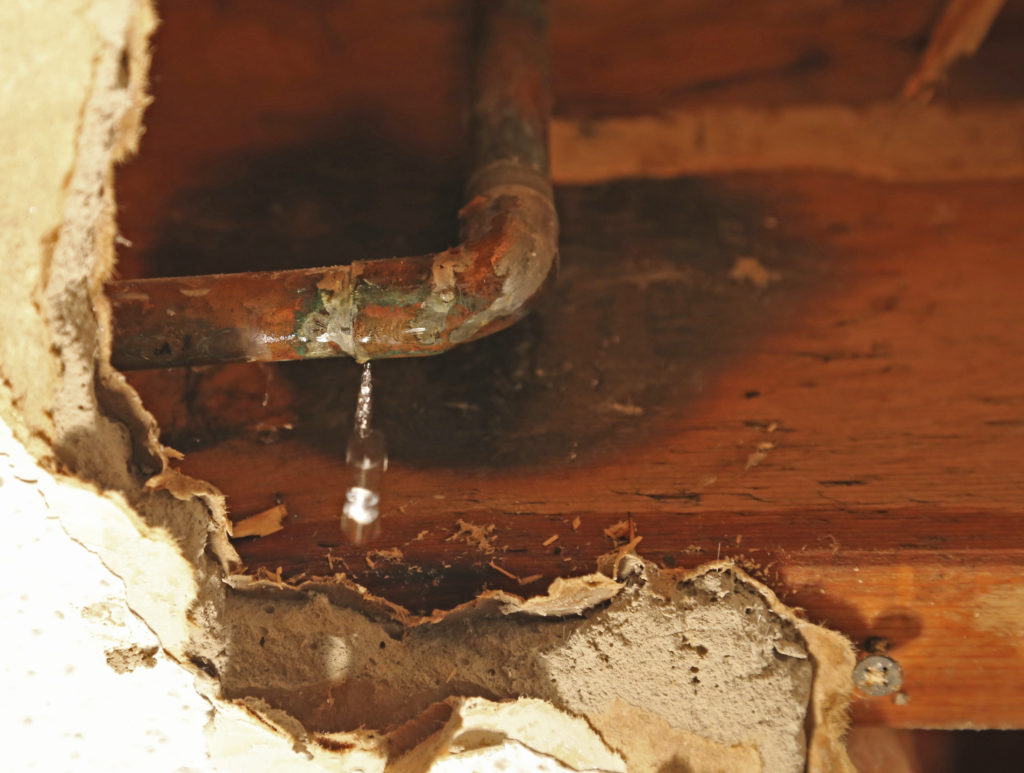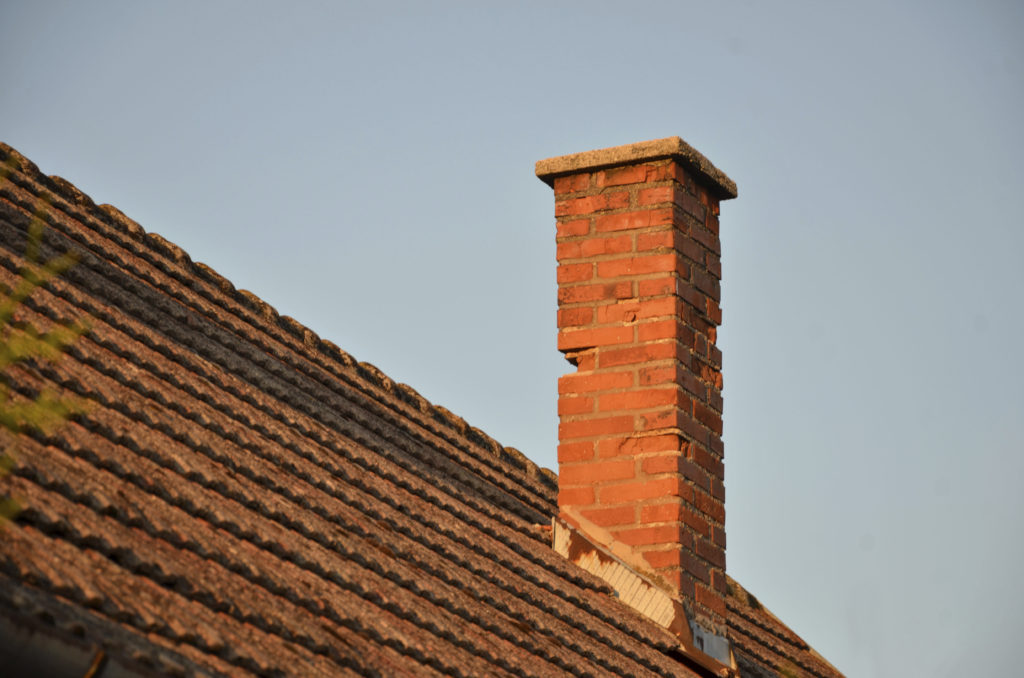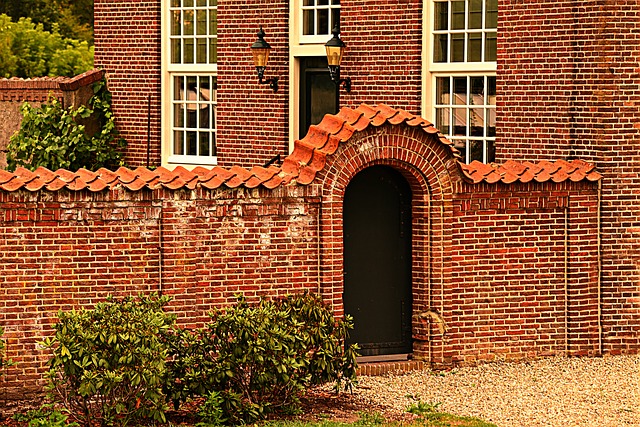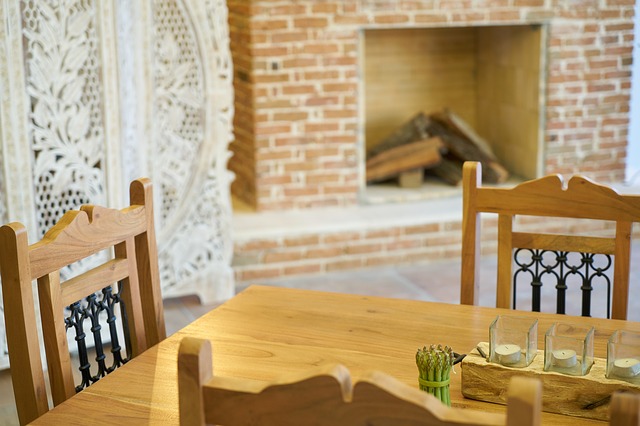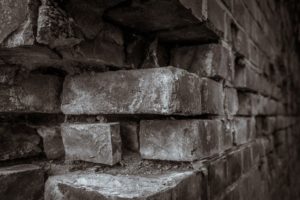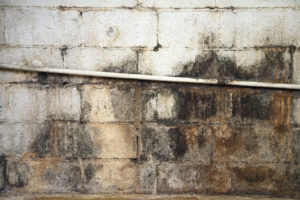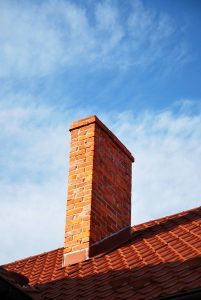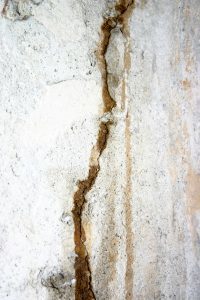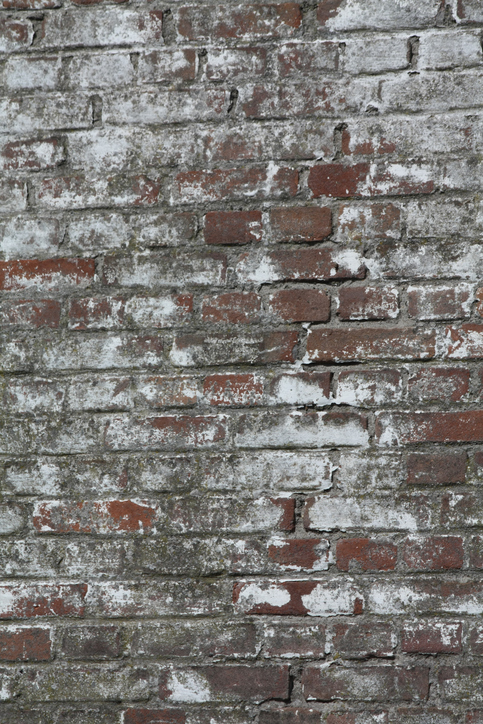
Your wonderful brick home may have been in the family for ages. Or on the other hand, you may have purchased a fixer-upper with brickwork that had a ton of character and potential. Either way, you might be worried the condition of your brick could prompt more significant issues later on. Luckily, normal assessments and calling an expert for refurbishing, or even repairs, is a straightforward method to deal with issues like worn, broken brick and disintegrating mortar. Here are a couple of things to assess when finding a way to save the magnificence of your home.
(more…)











